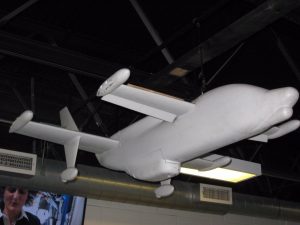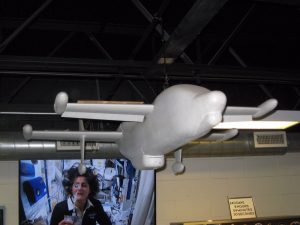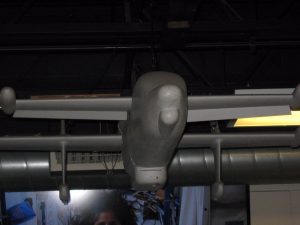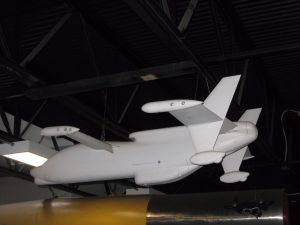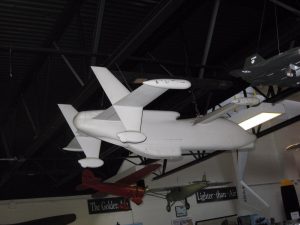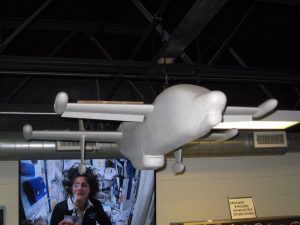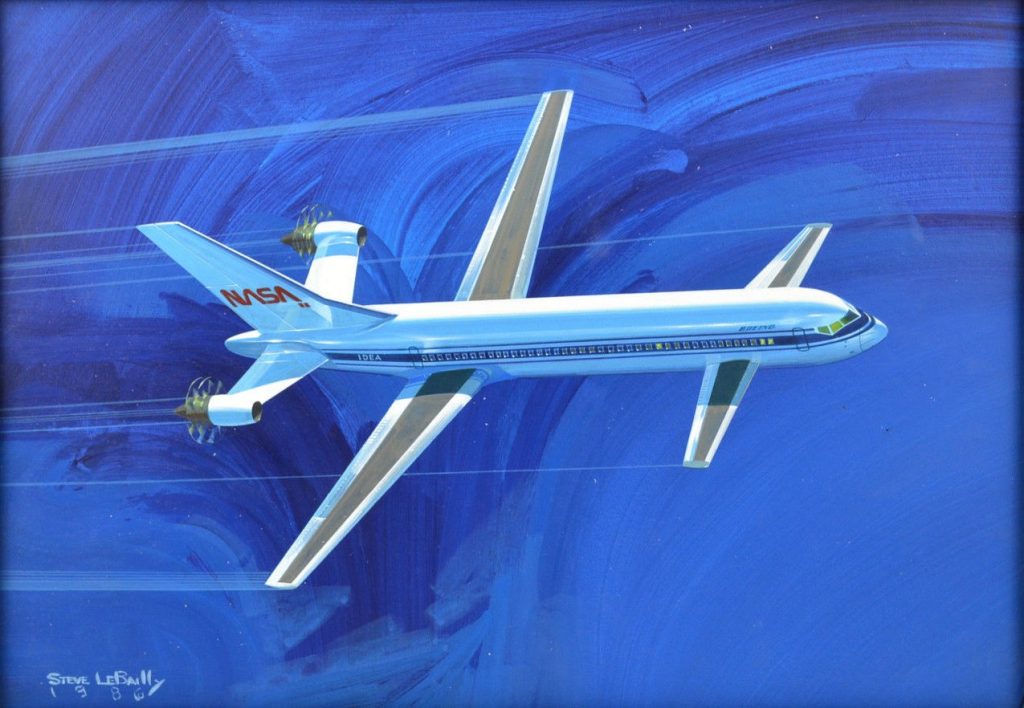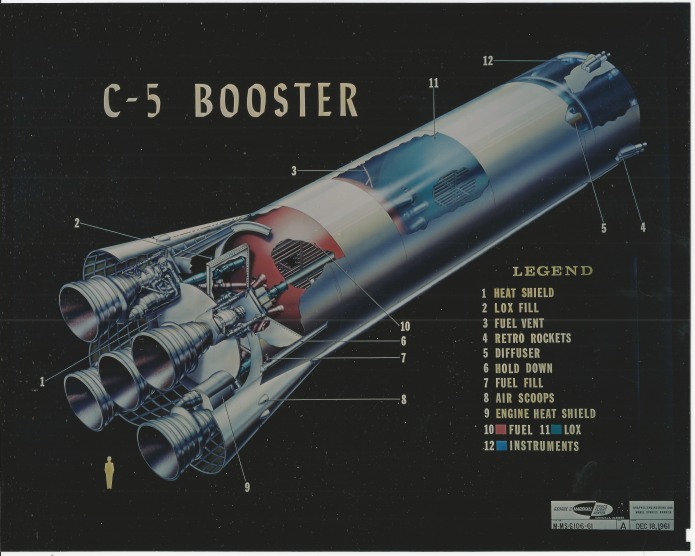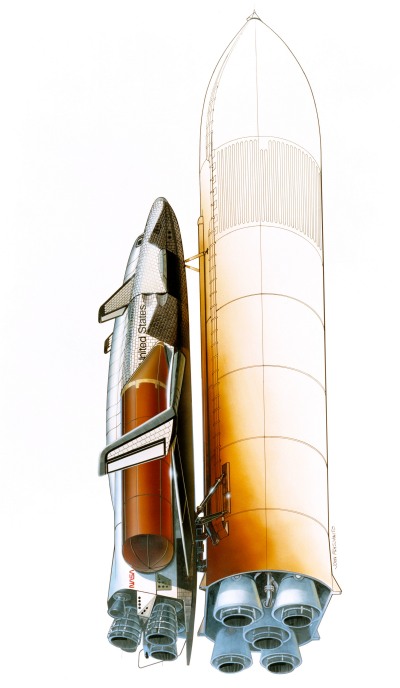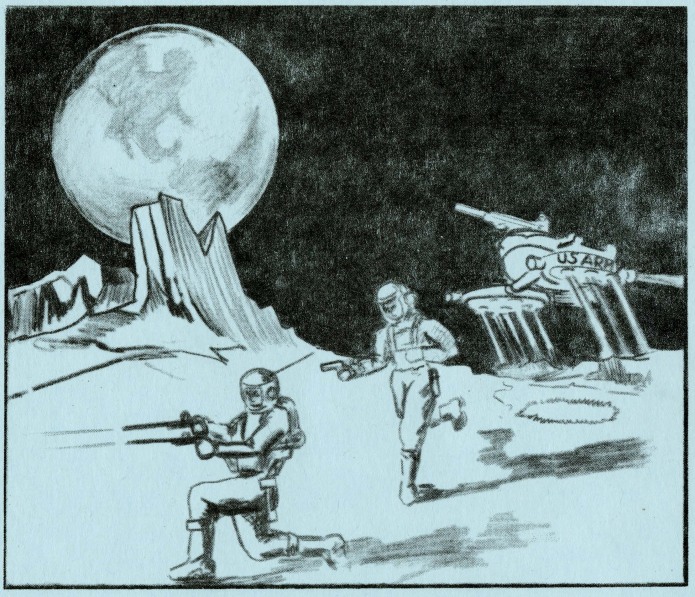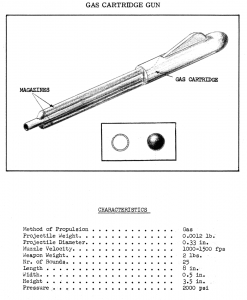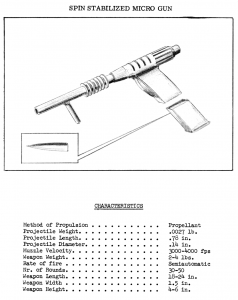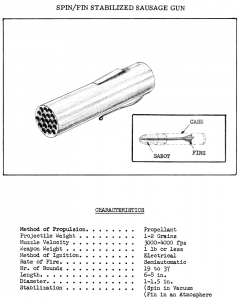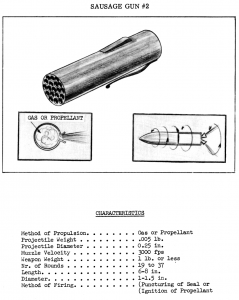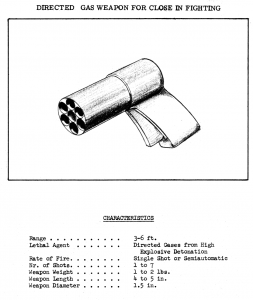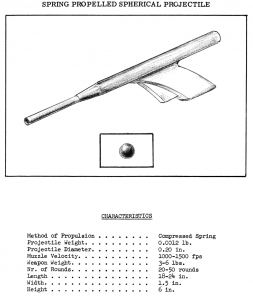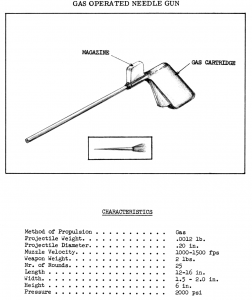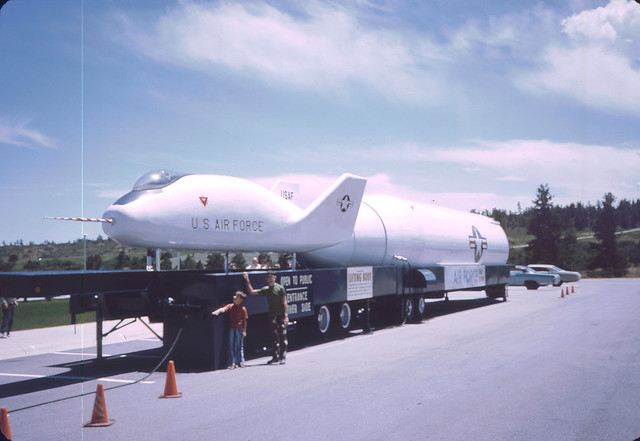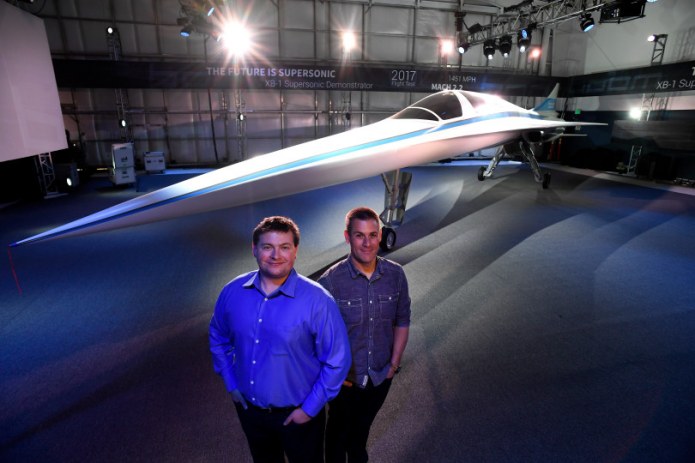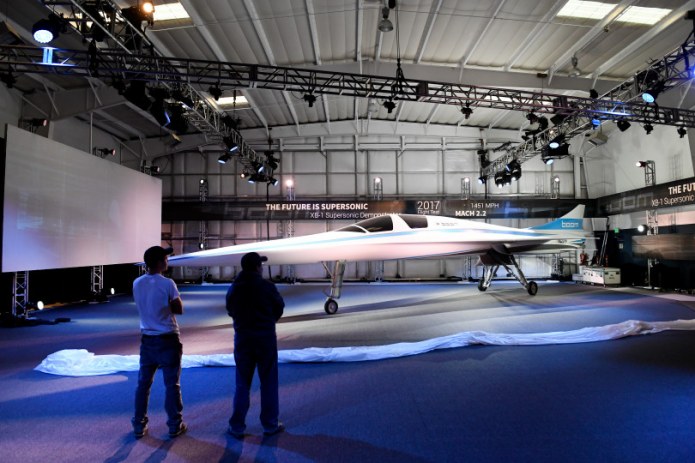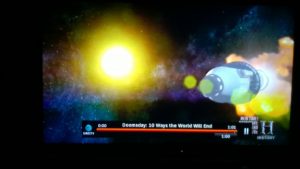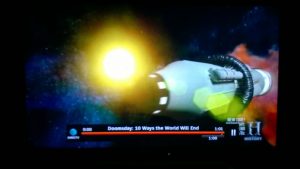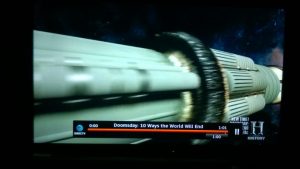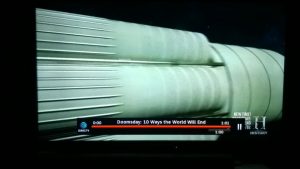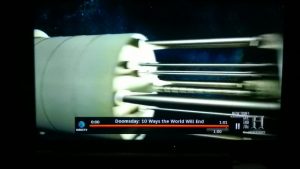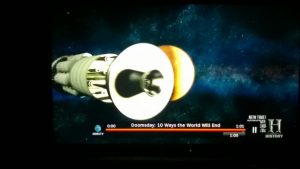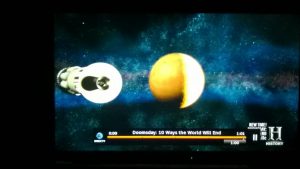Recently sold on EBay was a sizable (something like 4′ long) wind tunnel model of the Curtiss Wright Model 90 AAFSS submission. This was a derivative of their X-19… more or less a quad-tilt-rotor. The Model 90 would have been fairly highly armed, designed to fulfill the same role that the winning AAFSS design – the Lockheed AH-56 Cheyenne – was designed for: transporting troops and tearing up ground targets. The US has not had an operational vehicle like this; the Soviet “Hind” helicopter is the closest, though substantially slower, analog.
The Model 90 wind tunnel model was formerly on display at an aviation museum in Teterboro, New Jersey. No idea where it ended up, but hopefully it found a good home. I made a half-assed effort to crowdfund this one, but I think the lack of a good way to split the spoils among the funders doomed the concept. How *do* you reward funders for a purchase like this? Best idea was to have the thing 3D scanned, and distribute the scan among the funders, but unlike a scan of a drawing or a document, that’s not going to be readily useful for most people.
What I’d hoped to do was to disassemble the model, male fiberglass molds of the components, reassemble and restore it to like-new-ish condition then send it on to an appropriate and willing museum, possibly Ft. Rucker (since they’re all about Army aviation and have themselves an AH-56). Then make a few fiberglass copies from the molds, converting the “wind tunnel models” into detailed display models. Alas.

